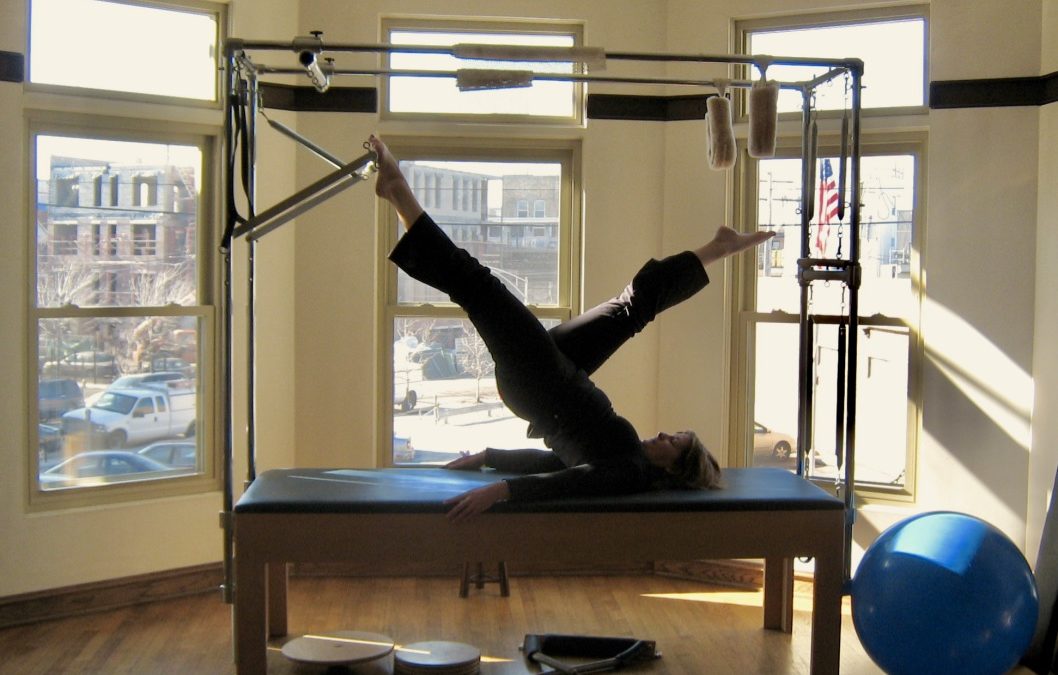by CHRC | Jan 12, 2021 | Corporate Culture, Diversity, Equity, Inclusion, Future of Work, Human Capital, Innovation, Leadership Agility, Strategy, Work Place
By Lisa Aggarwal
Every day, I’m amazed by the innovation I have seen since the Covid-19 pandemic began. In order to survive, virtually every company has been asked to evolve and change the trajectory of its business. Every person has made changes to their routine and how they operate on a daily basis.
For those companies whose fiscal calendar begins on January 1, the traditional annual merit cycle is upon them. The good news: organizations who are managing to thrive despite a worldwide pandemic (i.e., not the restaurant and hospitality industries) are still planning on giving their employees raises.
Yet, the annual merit increase isn’t as “traditional” as you might think. Some of you might remember the days when you received a raise on the anniversary of your hire date. One of my colleagues recounts when moving to a yearly increase was unheard of, needing at least a year of change management for employees to understand why it would be any other way—or why it even happened this way in the first place.
As CHRC has been researching how companies are coping with this year’s cycle, the overwhelming answer is: it depends. According to a recent study by the Economic Research Institute, annual salary budgets remain around 3.0%, but many companies are only implementing actual increases around 2.2%. Some of that gap may be avoided by thinking strategically. Here are some questions to consider:
- Do you need to work on an annual review cycle, or should salary reviews only be done if revenue targets are met? Can that be quarterly, or can you wait until business recovers?
- Should you focus on promotions or retaining your high performers who, according to many reports, are still able to find new jobs with relative ease?
- Are your compensation programs and structures aligned with the external marketplace? Have any of your roles been affected by increases in your state or city minimum wage as of January 1? With remote working, do you now compete nationally for talent?
- What programs is your company implementing to address burnout and the around the clock work from home cycle? A recent study by AON indicated that the #1 concern when it comes to retaining female employees is not only childcare…it’s wellbeing. That concern doesn’t stop at the gender line. Do you need to think beyond Total Rewards to Total Wellbeing?
The more creative you are with how your financial resources are invested, the better you will be able to redeploy your assets. Are your merit increase cycles ready for a little innovation, or are they carved in stone?

by CHRC | Dec 8, 2020 | Corporate Culture, Diversity, Equity, Inclusion, Future of Work, Human Capital, Leadership Agility, Productivity, Strategy, Work Place
Photo by Christina Morillo, from Pexels
Back in February of 2018, our blog highlighted some best in class recruiting practices. We noted that companies like Microsoft had adapted their screening and selection processes to capture the needed talent of those candidates on the autism spectrum. In so doing, they were actually employing a more robust way of screening all candidates and predicting success within a role and a company culture.
As we all continue to navigate remote working, especially in a certain Midwestern city that has had really low level clouds for several days, what if you heard that there was a place to work where you started your morning with two questions:
- How “interactive” do you feel today?
- What’s your energy level today?
What if you also heard that this same company listed everyone’s preferred communication and feedback preferences? Versus, you know, waiting two days for a call back and then learning someone NEVER checks their voicemail?
A recent article focused the spotlight on Ultranauts, a tech company that has engineered itself not only for remote working, but for the diverse needs of its employees—many of whom are on the autism spectrum. This company’s practices are valuable for all of us right now. Not only because they allow the workforce to absorb information in the ways that they
prefer—but because it practices the key components of good employee communications:
1. Tell them what you are going to tell them
2. Tell them
3. Tell them what you told them
AND with technology to take notes, so that no one gets stuck being the scribe!
While Ultranauts developed this culture to accommodate the sensory-overload that many on the autism spectrum experience on a daily basis, in this current environment, these practices offer a great deal to all of us who are on so many different sorts of overloads and prioritizes employee-first communications, so that all succeed—no matter what.

by CHRC | Dec 1, 2020 | Agility, Corporate Culture, Diversity, Equity, Inclusion, Future of Work, Human Capital, Leadership Agility, Performance Management, Performance Reviews, Productivity, Strategy, Work Place
Our last blog shared insights on what activities will drive the workplace of the future. That concept of a workplace poses a huge challenge for many managers out there.
A recent podcast by GBH’s Innovation Lab addressed what organizations must build as they are dismantling cube space: management skills, competency assessments, and performance reviews to match the new workplace. Leaders having trouble coping with remote working will benefit from this program’s insights offered by experts, Professor Nicholas Bloom of Stanford and Liz Fosslein, head of content at Humu. Each organization will need to study and then tailor a return to work hybrid model that fits their organization.
Quite often when we start work on a compensation project, one of the first questions we ask is the state of the performance management program. Too often we get guilty looks followed by hemming and hawing. As Covid-19 began to shut down the world, CHRC probably had a better understanding than most as to why the majority of managers in the US would be very uncomfortable with a remote workplace. The reason many leaders fall back on MBWA (management by walking around) is either because their organization does not have a robust performance management system and/or they have never been trained to manage in the first place.
At the end of the day, remote work is here to stay, and even when it is safe enough to return to large office buildings, hybrid remote and in-office work policies must be developed thoughtfully, in conjunction with robust performance management systems, versus being allowed to regress back to the routines of the MBWA practitioners. For those who thrive working remotely, if the majority of their coworkers return to the office, it could be detrimental to their career and could have a disparate impact on certain groups of employees who gravitate towards working from home. Professor Bloom is emphatic that organizations be prescriptive about “days the senior management are at home,” to ensure that people can be in the office to truly collaborate and innovate, not merely to posture and curry favor with the boss, and “to prevent a promotional advantage and stress everyone out.”

by CHRC | Nov 24, 2020 | Agility, Corporate Culture, Diversity, Equity, Inclusion, Future of Work, Human Capital, Leadership Agility, Performance Management, Performance Reviews, Productivity, Strategy, Work Place
This past year has turned our idea of the workplace inside out, upside down, and cattywampus. While many look at this year as productivity lost or teamwork put on pause, there’s also much to be gained from rethinking the idea of the workplace. Are people really most productive while sitting in their cubicle all day—sans distractions? Distractions happen wherever you are. Distractions used to be colleagues talking about fantasy football picks, latest cat photos, or extended group lunches. Now distractions are crying babies, Instacart deliveries, or unstable Zoom connections. There is no evidence that productivity suffers if not in the office.
Workplace should mean just that, the place in which you do your work. It shouldn’t matter if it’s a cubicle, your kid’s room that has the best Wi-Fi, a Starbucks patio, or on a conference call in line for a COVID-19 test. The pandemic has forced most of us to figure out where we get our BEST work done.
As this fantastic article mentions, organizations must shift from “who” should be in an office to “what” should happen in a shared space. Client phone calls, creative brainstorming, cold calling, brief writing, Excel spreadsheeting—as we reimagine what the workplace is, let’s focus more on the quality of work and less on where the work is being done. Technology has allowed us to rewrite the entire premise of the office. As we move into a new year—and a continuously morphing workplace—management skills, competency assessments, and performance reviews must evolve to match.

by CHRC | Oct 21, 2020 | Agility, Corporate Culture, Covid-19, Creativity at Work, Leadership, Leadership Agility, Strategy, Work From Home
It might seem obvious to speak about three women upon whom I am dependent for my body not seizing up on me from sitting for seven months—but it is not THAT stretching I am referring to.
One of the best business books I picked up in a long time is Stretch – Unlock the Power of Less – and Achieve More Than You Ever Imagined. One of the things most appreciated is that the author, an organizational development expert, provides research to back up many of my own theories from years of observing. A key theme in the book is resourcefulness—making do with what you have at hand versus waiting for the perfect desk, office, or moment.
In my own life, one of the best examples of the resourcefulness that I’ve experienced during this pandemic comes from three people who have spent the past several years teaching me how to stretch, literally. Using different modalities, Stephanie, Kathleen, and Sarah have stretched, and strengthened me, using different aspects of PT, Gyrotonic, and Pilates. In the midst of a national pandemic, I was not ready to give up my own stretching, especially as being confined to quarters made me feel like I was shrinking.
Exactly as Scott Sonenshein describes, these three women on whom I have come to rely on for my physical well-being, quickly figured out how their other clients and I could improvise without a studio and equipment. Anyone who is familiar with Pilates or Gyrotonic understands that they typically involve elaborate equipment, but I quickly sourced some additional foam rollers and my physical therapist sent out therapy bands to several of her clients. Being an early lover of Zoom, I was able to lend a hand in coordinating us all online. One day we decided that the screen definition was a little too good when one of the instructors could detect a muscle group that was not engaging!
All three of these lifesavers have invented new techniques, improvised equipment for clients who didn’t have weights at home (soup cans are just fine!) and focused on what was most important—the physical health and well-being of their clients.
Where are places that you have stretched?




